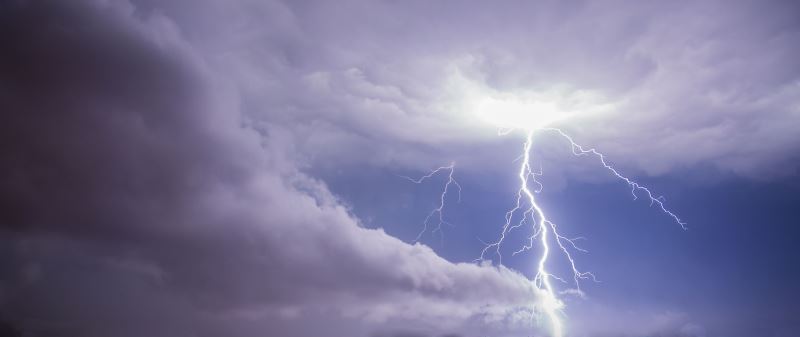Back Pain When The Weather Changes
Category: Back Pain | Author: Stefano Sinicropi

If you’re like me, you probably had that one relative growing up who claimed they could tell that a storm was coming because their knee or lower back was acting up. As we’ve noticed recently in the Twin Cities, the weather can change at a moment’s notice, but can these changing weather patterns really cause back pain to flare up, or is it all just in our heads? We explore the topic in today’s blog.
Weather Patterns And Back Pain
If you google the subject, you’ll probably find hundreds of different sites that suggest that back pain can be or isn’t related to changing weather patterns. There is no definitive answer on the subject, but there are some theories and plenty of patient testimonials that suggest there may be a correlation to weather patterns and back pain. So while we’re going to stop short of saying one definitely causes the other, we’re going to try and explain why some people may feel like they are experiencing pain when the weather changes.
A number of people say that their low back pain sets in when the weather is cold or hot or before it changes, but real reason they experience pain has nothing to do with temperature. Instead it has to do with a shift in the barometric pressure in the air. Barometric pressure is measured by the weight of the atmosphere around us. Good weather is typically accompanied by high barometric pressure, while storms and inclement weather are often paired with low pressure systems. That’s why if you’re watching the weather channel and you hear the weatherman talk about an incoming low pressure system, odds are a storm is on the way.
Barometric Pressure and Back Pain
You might assume that high barometric pressure would compress joints and tissues in our back and cause pain, but it’s actually the other way around. If you imagine the tissues around your joint like balloons, high barometric pressure from the outside keep them from expanding. However, when there’s low barometric pressure, these forces exert less pressure on these structures, allowing the tissues more room to expand. As soft tissues expand, they put pressure on the joint, which can cause pain.
So while there’s nothing you can do to prevent an oncoming storm cell, there are some things you can do to help keep back pain from setting in when the barometric pressure drops. The two key aspects are diet and exercise. A diet full of vitamins and nutrients contributes to healthy joints and keeps inflammation at bay, while exercise can help keep our joints loose, which is helpful if structures begin to swell with a drop in barometric pressure. And remember, if pain is more than a dull ache in your back, it could be a sign of a larger problem, and you should have it examined by a spine specialist.